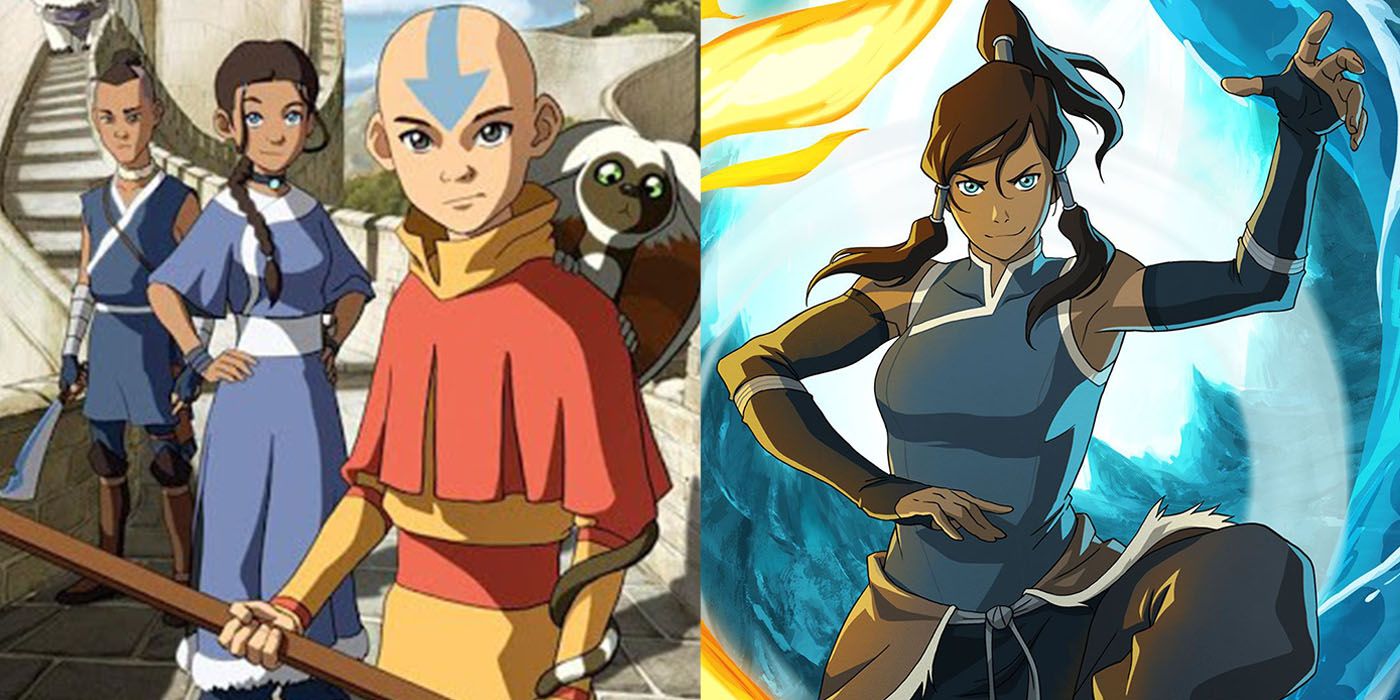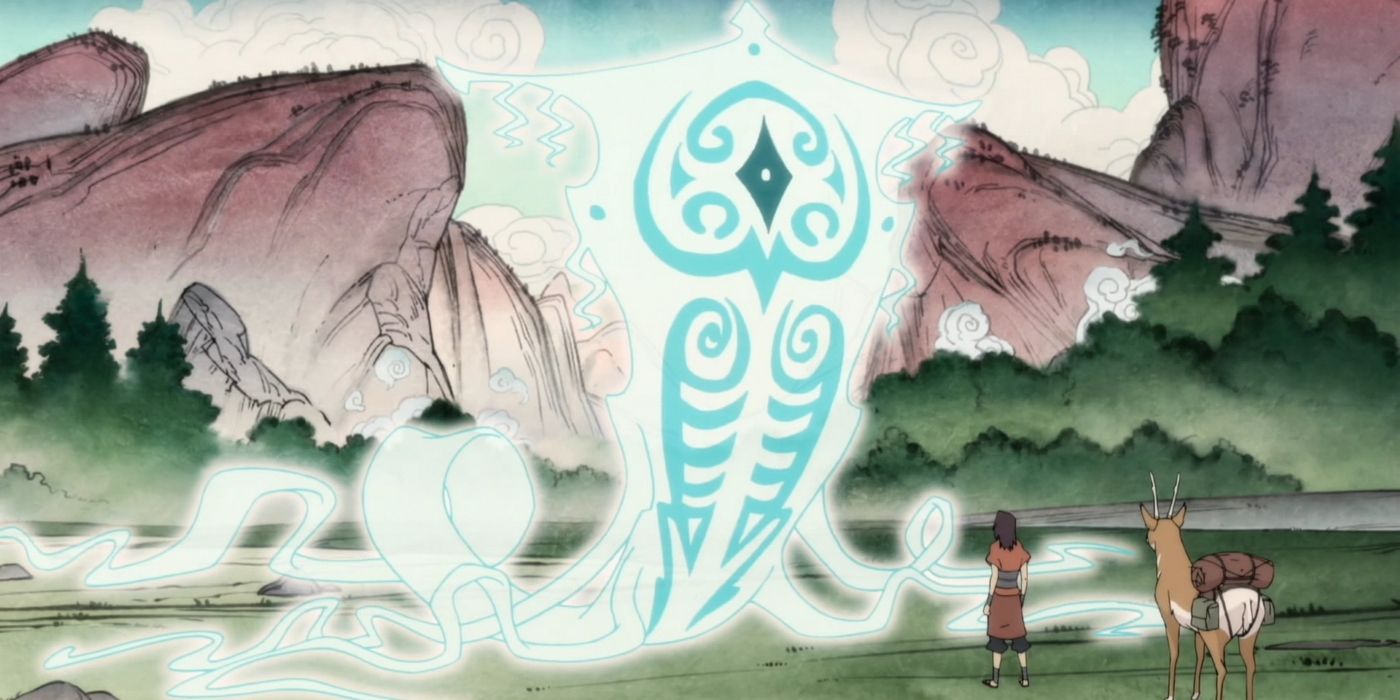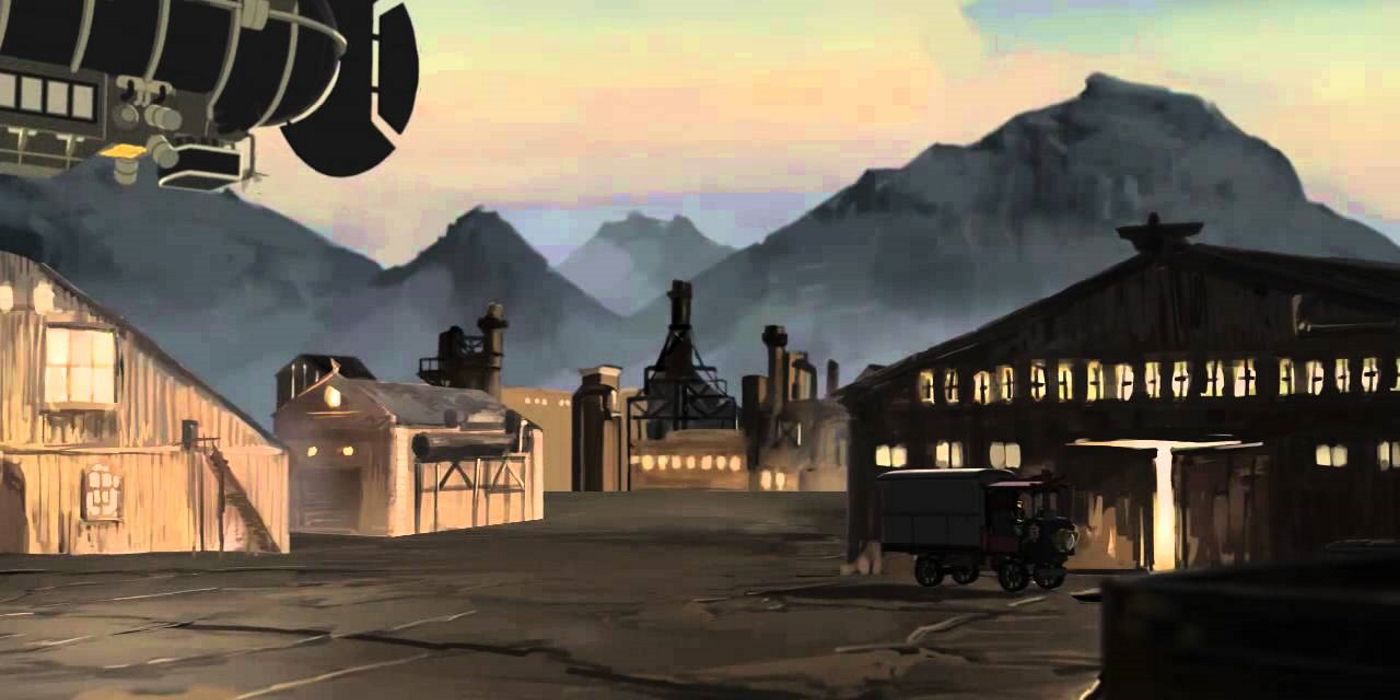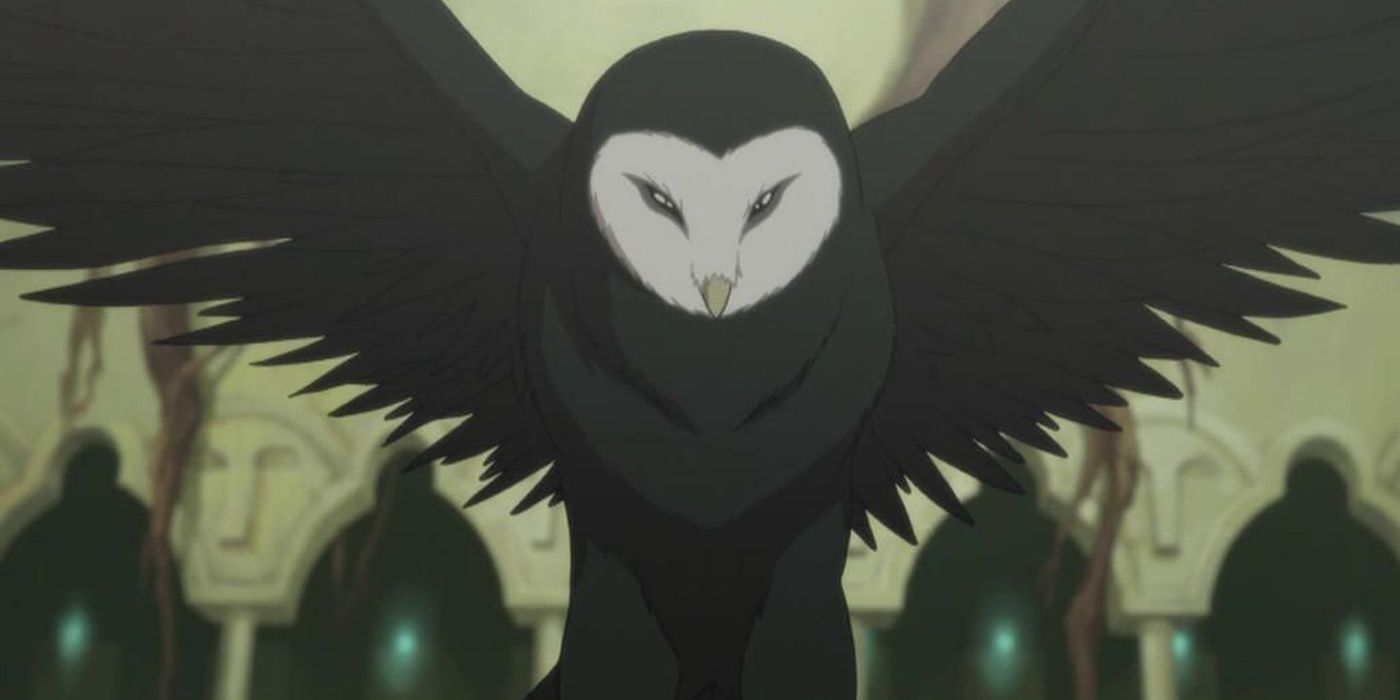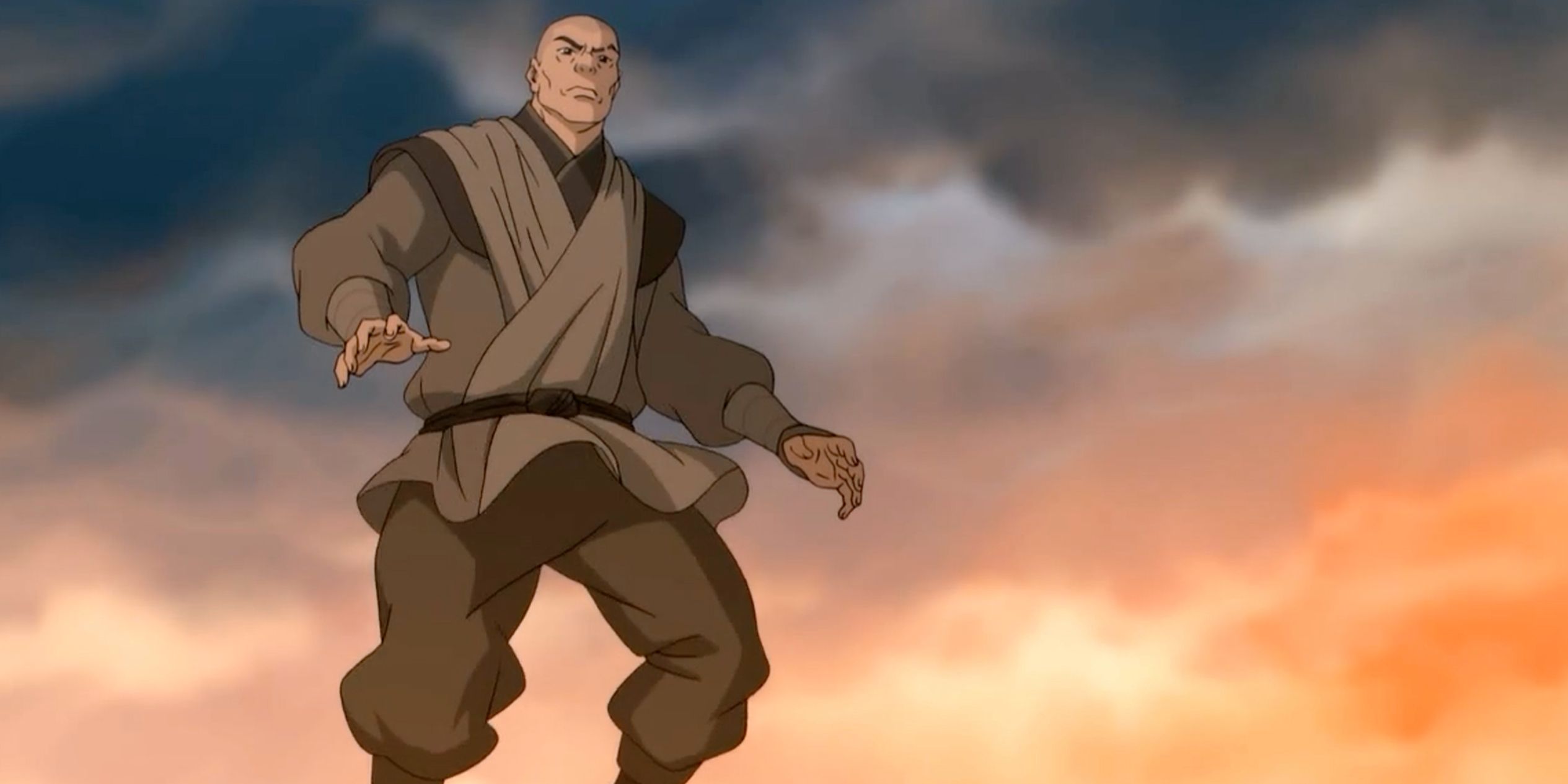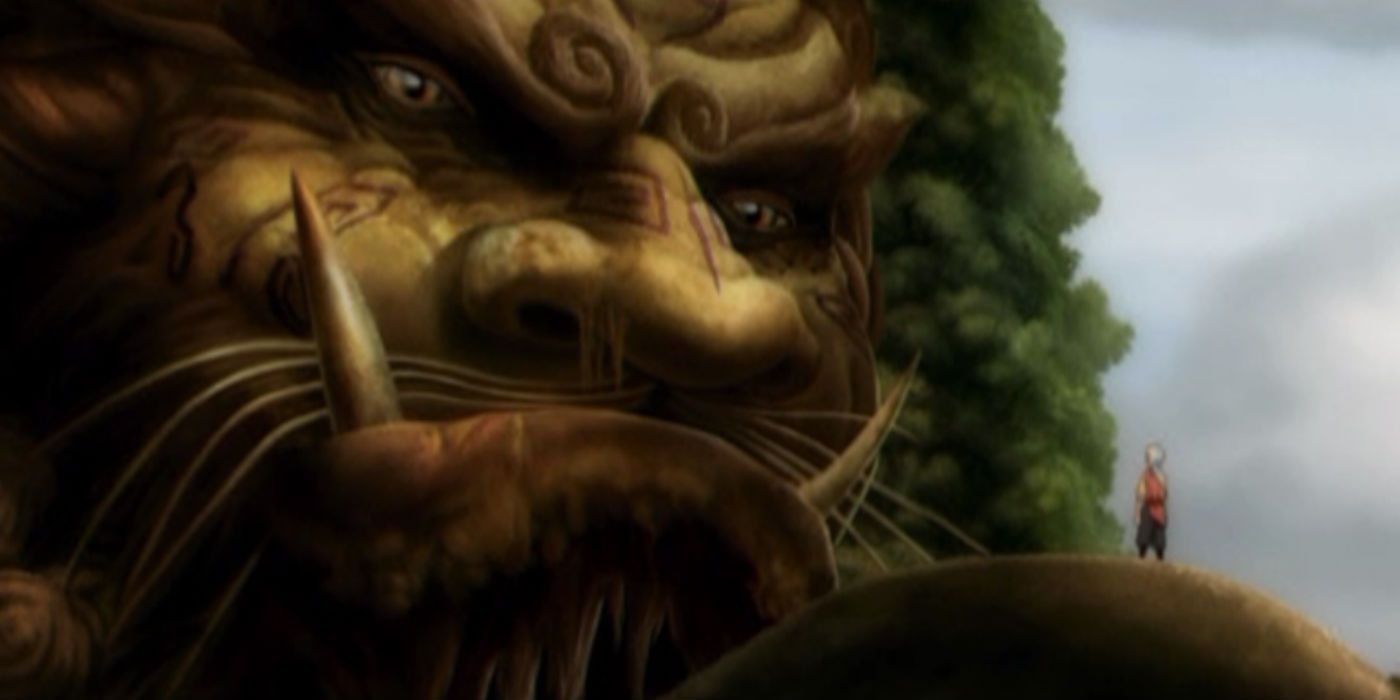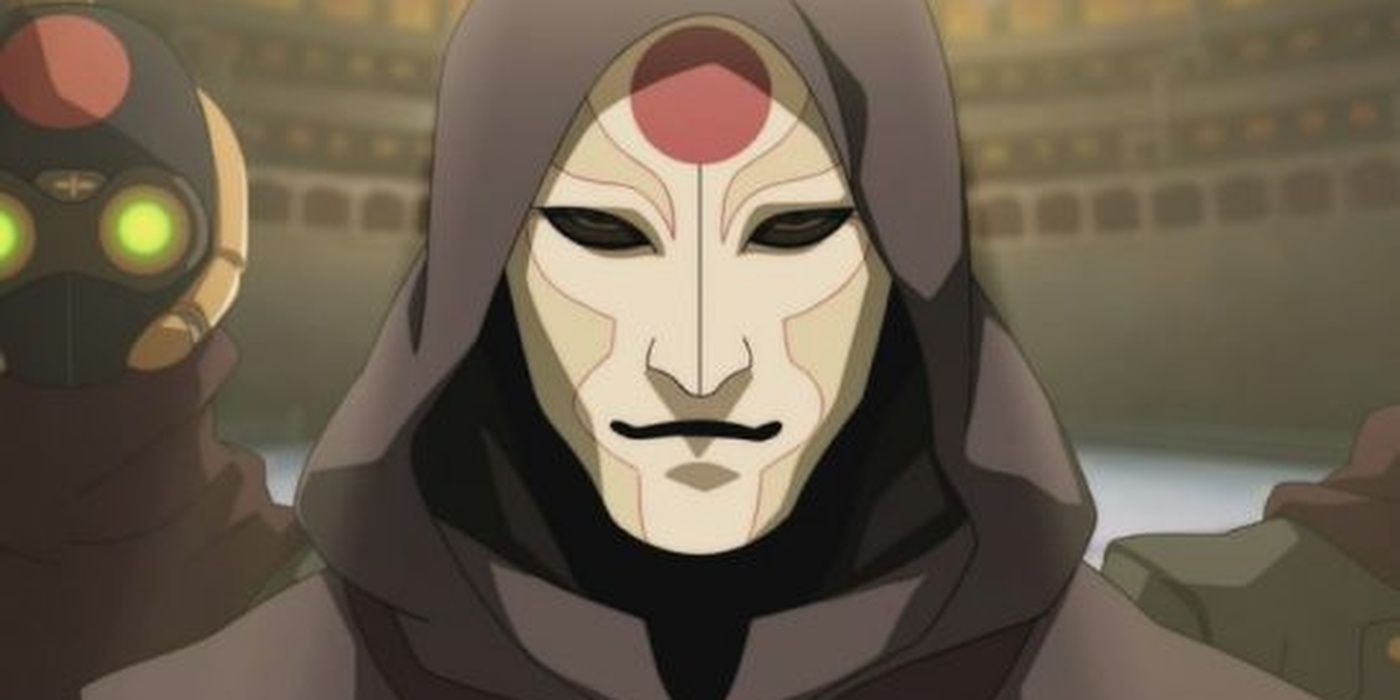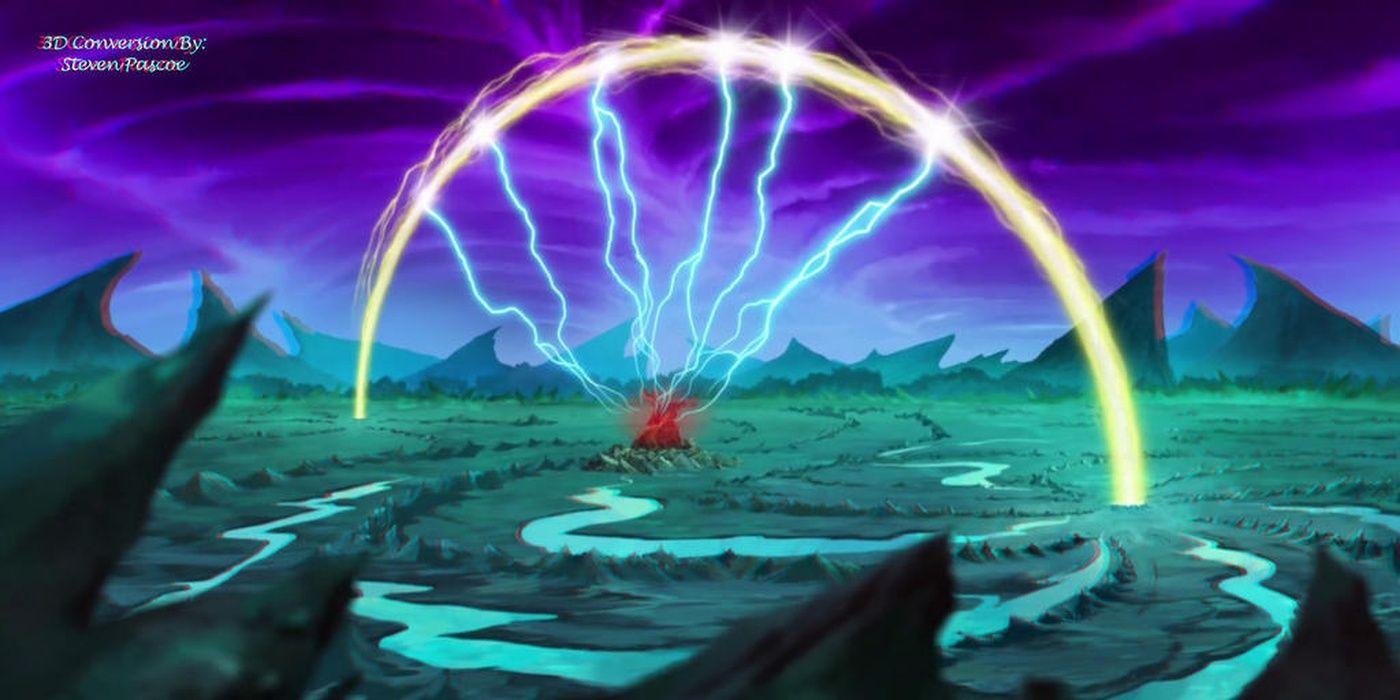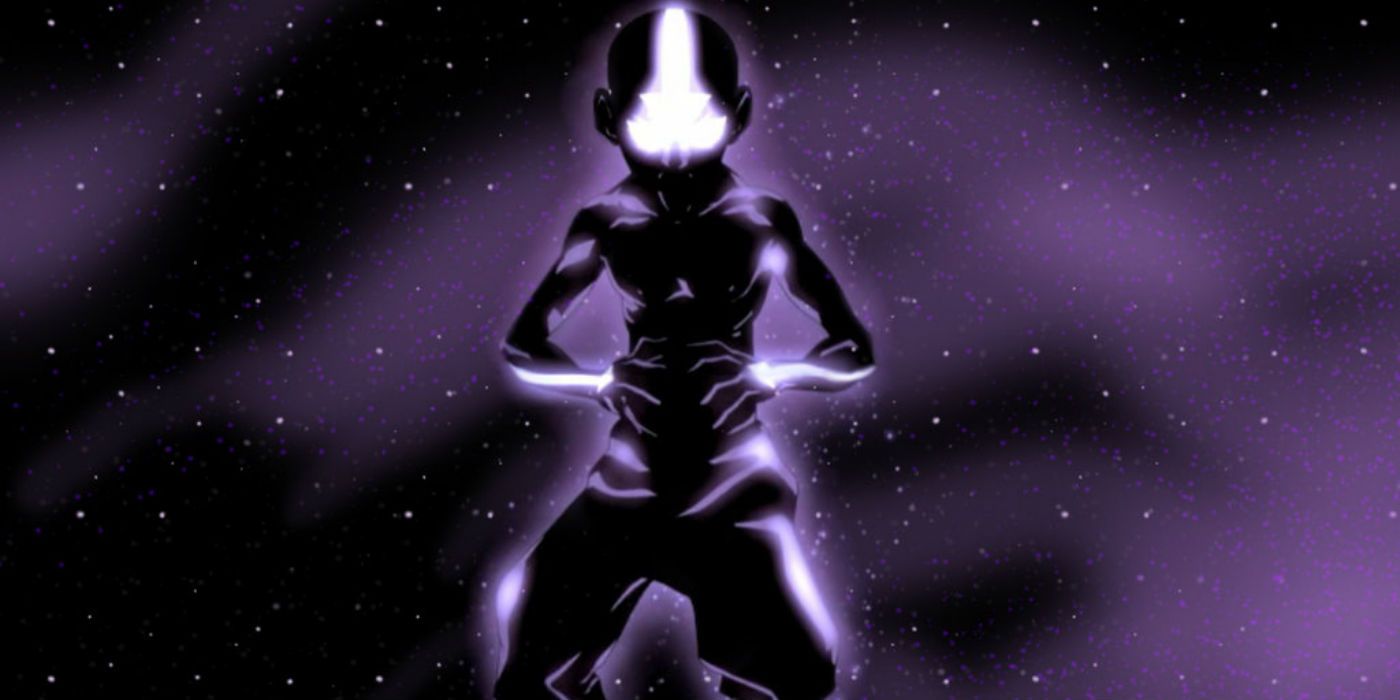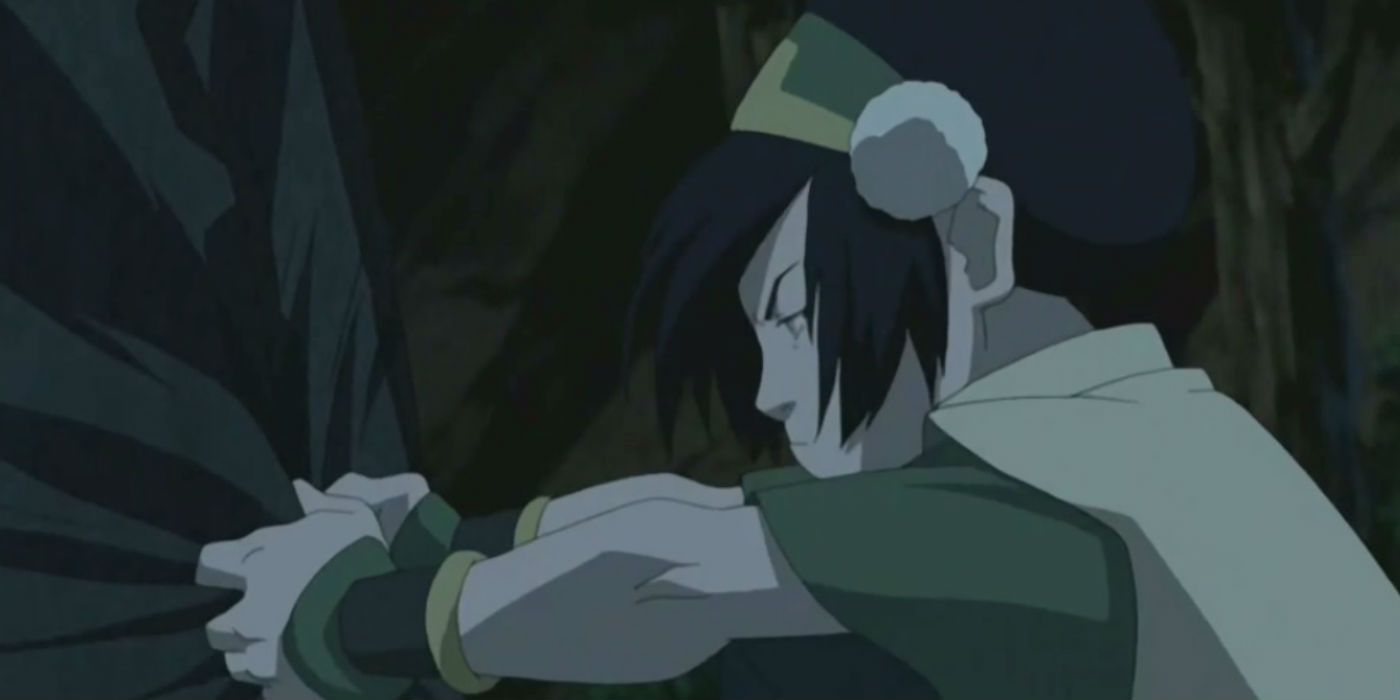The term retcon stands for 'retroactive continuity.' It refers to the practice of changing a previously established aspect of a story's lore in the future. For a long-running series, retcons are very common; franchises like the MCU, Dragon Ball, and Game of Thrones are prime examples of this idea. Storytellers and writers often use retcons to change a problematic part of their stories. The caveat is that retconning too often can create a conflicting narrative - i.e. nearly every Horror franchise with more than two sequels.
As a continuation of Avatar: The Last Airbender, The Legend of Korra has its fair share of retcons. Conversely, other changes that Korra made expand on previously established elements of Avatar's lore. Today, we'll look at 12 of the changes Korra makes to the Avatar canon.
Updated by Caleb Bailey on March 17th, 2020: 2020 looks like it's going to be an interesting year for ATLA fans. Netflix is currently producing a live-action series based on Avatar: The Last Airbender. Details on this new project are incredibly scarce at the moment. However, the series will allegedly feature several actors from M. Night Shyamalan's live-action feature-length adaptation of ATLA. Netflix has also held several auditions for this new series - placing a heavy emphasis on diversifying this new show's cast. Will Netflix's adaptation sink, or will it soar like an Air Bison? In the end, only time will tell when this new series debuts later this year.
11 The Mechanics of Meditation
One of the most fascinating elements of ATLA is the show's depiction of spirituality. The Air Nomads, Aang's people, are essentially Hindu/ Tibetan holy men and women in a fantasy setting; everything from their philosophies on life to the very clothes that they wear is inspired by East Asian Buddhism. That's probably why the creators of ATLA originally implicated mediation as the only means of reaching the Spirit World. TLOK, however, introduces several alternative methods for characters to reach the Spirit World - namely, the Spirit Portals. Korra even leaves the portals to Spirit World open at the end of the series, effectively allowing anyone to enter the Spirit World without having to meditate.
10 Raava Is The Source Of The Avatar State's Power
Previously, in Avatar: The Last Airbender, the Avatar State drew power from Aang's predecessors. When questioned about this, Avatar Roku didn't mention anything about a spirit of peace and light. Rather, Roku placed heavy emphasis on the previous Avatars' strength and knowledge.
Korra changes things around by suggesting that Raava enhances the Avatars. Raava as a whole can feel a little incongruous to certain fans. If you've only watched Avatar: The Last Airbender, Raava might seem to contradict the previously established Avatar canon. We think that Raava and the ancient benders power the Avatar State. It's just a bit strange that Roku never mentioned Raava at all.
9 Technology Advanced Pretty Quickly
ATLA (Avatar: The Last Airbender) took place in a relatively rural society. The most advanced pieces of tech in ATLA were steam-powered, suggesting that electricity and infrastructure were ways off. However, TLOK (The Legend of Korra) looks like it's set centuries into the future!
This change has a few potential in-universe justifications; the existence of bending could drastically speed up technological advancement. Heck, we're not even arguing whether this change is bad or not. However, it's definitely one of the most drastic and apparent differences between ATLA and TLOK.
8 The Spirits Behave Differently
The spirits in ATLA were envoys and guardians of nature. In TLOK (The Legend of Korra), the spirits are more concerned about maintaining a balance between light and darkness. Entities like Hei Bai and Wan Shi Tong were more concerned with protecting physical spaces from humans. If a forest was threatened or an ocean was polluted, the spirits in ATLA jumped into action.
In TLOK, the spirits have their minds set on more abstract goals. Their new thought process falls in line with South East Asian philosophy; Hinduism and Buddhism focus more on the metaphysical than Eastern religions tend to. Chinese mythology, for example, has River Spirits to prevent pollution.
7 Aang Flew First
Zaheer caused quite a stir when he took flight in TLOK. Certain characters stated that Zaheer was the first Airbender to fly since Guru Laghima. But didn't Aang fly in ATLA during his battle with Firelord Ozia? Furthermore, the Avatar bible states that Airbenders "can't fly around like Peter Pan."
The Avatar State made Aang's flight feat possible. Initially, the showrunners didn't intend for flight to be possible for even the most seasoned Airbender. By the time they wrote TLOK, perhaps they changed their minds. Zaheer's flying abilities stem from his emotional detachment. So it's a justifiable change, but it still goes against the creators' initial thought process.
6 The Origins Of The Bending Arts
This is one of the more contentious changes to the Avatar canon. In ATLA, we learned that the first Benders studied the animals around them. Dragons were the first Firebenders, Badgermoles were the first Earthbenders, etc. Near the end of that series, a Lion Turtle teaches Aang to Energybend. Most fans probably assumed that Lion Turtles were solely masters of Energybending. However, TLOK challenges that assumption.
Via Avatar Wan's story, we learn that Lion Turtles let human bend in the first place. However, people still had to study under animals to master it. So didn't retcon the origins of bending, but rather expanded on what ATLA set up.
5 Amon, The Energybender?
In ATLA, Aang learned Energybending from a Lion Turtle near the end of the series. ATLA gave off the impression that Lion Turtles were the only masters of this technique. Sure, Ty Lee used her Chi Blocking techniques to paralyze her foes. However, Ty Lee's attacks and Energybending are two separate things.
In TLOK, Amon can totally strip others of their bending abilities. Some fans think that Amon uses a form of Bloodbending to achieve this effect. Others suggest that he taught himself how to Energybend over the years. Either way, Amon's feats are still unprecedented in the grand scheme of things.
4 Harmonic Convergence
The concept of Harmonic Convergence (HC) is another change to Avatar canon that's not necessarily a retcon. However, the fact that no one else mentioned it in ATLA does stand out. On multiple occasions, Aang's learned valuable information from one of his past selves. During each of those occasions, HC was never brought up.
We understand the real world explanation very well; the writers likely hadn't invented HC yet. But the jury is out as to why none of Aang's predecessors mentioned it to him. Harmonic Convergence drastically reshapes our understanding of Avatar's Spirit World. If the series continues, maybe we'll learn more about HC.
3 'The Spirit of the Planet'
This point is the source of much debate, even years after the end of both ATLA and TLOK. According to the series' Production Bible, the Avatar is meant to be 'the Spirit of the Planet in human form.' Some fans feel that Raava's induction into Avatar canon conflicts with this idea. Others suggest that Raava is the Spirit of the Planet.
We can see the rationale behind both parties' rhetoric. In our opinion, it all comes down to personal interpretation. Raava's inclusion in the series is a change to Avatar lore in the end. Whether you view her as an amendment to the above quote or alteration is up to you.
2 Lavabending
TLOK's depiction of Lavabending is truer to the source than most would think. The misinformation surrounding this art largely stems from an Avatar Extra. The Extras were cute bonus featurettes that aired on Nickelodeon. One of the Extras defined Lavabending as a combination of Earthbending and Firebending. As such, only an Avatar should be able to bend lava.
However, Bolin becomes a master Lavabender in TLOK! This is because Lavabending is a byproduct of Earthbending. With enough practice and intuition, an Earthbender can strike down their foes with the fury of a volcano! So TLOK didn't retcon how Lavabending works—the show set the record straight.
1 Metalbending Is Commonplace
If you've never read any of the comics, you might wonder why Metalbending is so prominent in TLOK. After the end of ATLA, Toph opens a Metalbending Academy. There, the Blind Bandit teaches others how to manipulate metal. Toph is such an effective teacher that Metalbending is commonplace in Republic City.
Ultimately, this apparent change is backed by the Avatar comics. It also makes sense why there's so much confusion about Metalbending. Toph barely discovered the ability near the end of ATLA. Unlike most of the other bending forms, fans didn't get to spend much time with this unique ability.

